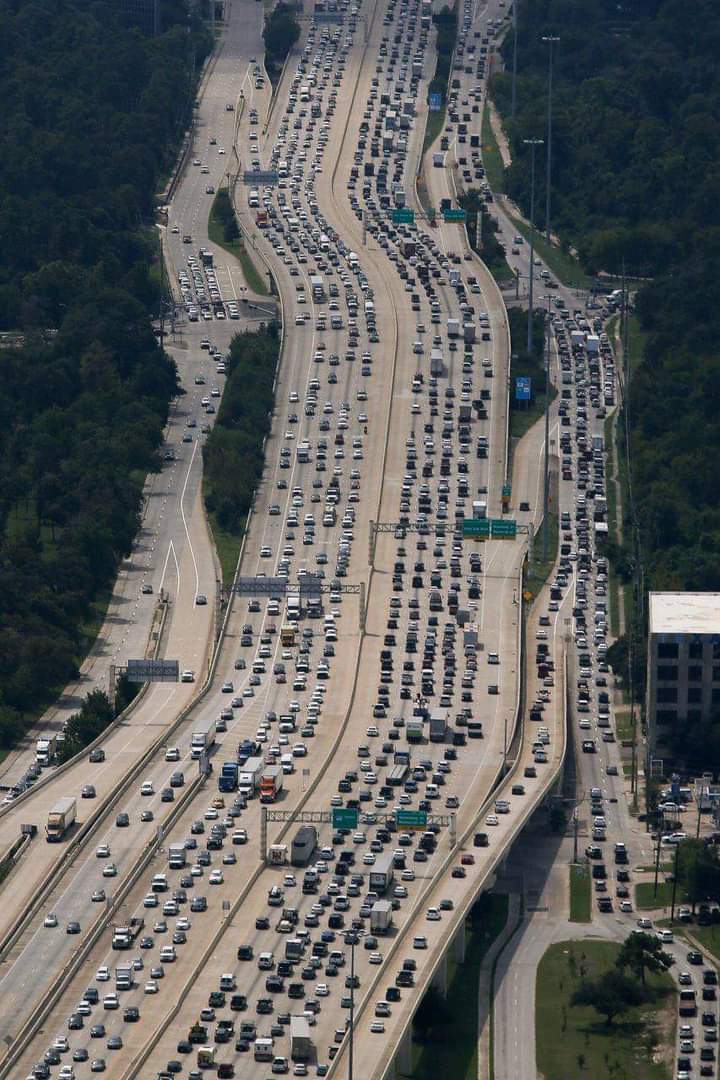this post was submitted on 04 Jul 2024
337 points (96.4% liked)
pics
19580 readers
339 users here now
Rules:
1.. Please mark original photos with [OC] in the title if you're the photographer
2..Pictures containing a politician from any country or planet are prohibited, this is a community voted on rule.
3.. Image must be a photograph, no AI or digital art.
4.. No NSFW/Cosplay/Spam/Trolling images.
5.. Be civil. No racism or bigotry.
Photo of the Week Rule(s):
1.. On Fridays, the most upvoted original, marked [OC], photo posted between Friday and Thursday will be the next week's banner and featured photo.
2.. The weekly photos will be saved for an end of the year run off.
Instance-wide rules always apply. https://mastodon.world/about
founded 1 year ago
MODERATORS
you are viewing a single comment's thread
view the rest of the comments
view the rest of the comments


As someone who has lived alone for eight years using only public transport in an area with excellent public transport, I can tell you that you are both right and wrong.
You are right in that if there is just one bus line, then it would only serve a small subset of people in this photo.
But if you only make one bus line then the public transport system is doomed to fail.
A good public transport system will have multiple lines converging to the same interchange, and in the opposite direction it will have multiple lines departing the same interchange, following the same route and branching off when needed, this way you have added capacity and redundancy at the start of the line, and it gets reduced as the need is reduced.
Then add lines that are circles in higher density areas, this means that no matter the direction all passengers can get on all departures, you csn also quickly add capacity by adding busses that goes in alternating directions.
All of this means that travellers can define their own route along different bus, train, tram, metro and ferry lines.
Public transport is not ment to be point to point, it builds a framework where people decide what parts the want to use.
Cars are just more precise in space and time. In a car you go from your origin to your destination, within lot-to-door distance, and you go exactly when you want to.
With public transportation, you travel a block or two to enter the system, arrive a block or two from your destination, and you can only leave at certain intervals.
At my last job the commute was:
10 minute walk to the bus, 50 minutes on the bus, walk across parking lot to office.
The same commute by car was 15 minutes.
You are technically correct, but you miss the great part of frequent departures in a public transport system.
During peak hours I have a buss departing my local stop every 10 min, it takes me 7 min to walk to the busstop, when I arrive to the metro my train usually departs within less than 5 minutes, it takes 2 min to walk down to the platform from the bus, if I miss the train, the next train will depart 5 min later. When I need to switch lines I just walk over the platform and my train will usualy arrive with in 2 min, though it is not unusual for the train to be at the platform and I have time to cross the platform.
When I then get to my destination I exit the metro and walk 100m to get to my office, my desk is actually just above the entrance/exit of the metro.
Obviously this is under optimal conditions, but it isn't that uncommon either.
When you have public transport departures that frequent, you don't really have to took at the timetable, you just walk down to the bus stop and with in minutes you are on the bus.
There are also dedicated buslanes along 97% of the way I take the busses, so traffic jams are seldom an issue.
And should there be an issue with my normal bus, I can walk 15 min to a different bus stop with other busses, or I can walk 20 min and get to the train/bus station and get on a train or yet another bus.
This is fine since large disruptions are quite infrequent.